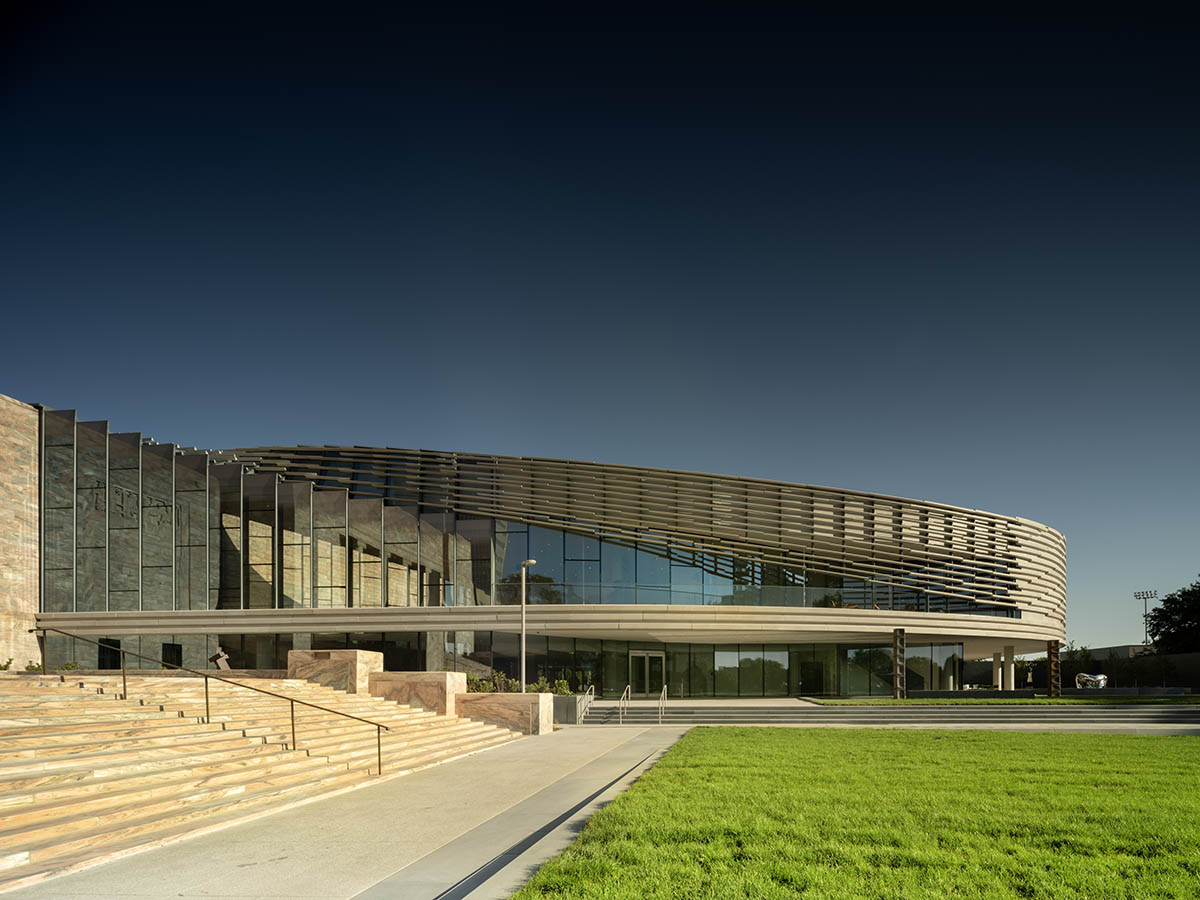
WWW.INFORMATIONWEEK.COM
6 Cloud Trends to Watch in 2025
Lisa Morgan, Freelance WriterNovember 18, 20247 Min ReadYAY Media AS via Alamy StockBusiness competitiveness is driving organizations deeper into the cloud where they can take advantage of more services. Leading organizations are realizing economic benefits ranging from cost savings and deeper insights to successful innovations. Artificial intelligence is driving an increase in cloud usage.We anticipate a continued growth of a few significant cloud trends for 2025, with the rise of GenAI being a major driver, says John Samuel, global CIO and EVP at CGS (Computer Generated Solutions), a global IT and outsourcing provider. Cloud providers are heavily investing in GenAI technologies, collaborating with chip manufacturers to enhance performance and scalability. This partnership enables cloud platforms to power a growing ecosystem of downstream SaaS providers that are building solutions to allow easier adoption of AI-based solutions. As a result, GenAI is becoming a key enabler for adopting advanced AI capabilities across industries, with cloud acting as the backbone.Mike Stawchansky, chief technology officer at financial services software applications provider Finastra, warns that privacy concerns and contractual ambiguity around the rights to utilize customer data for GenAI will become more of an issue. Customers want the insights and efficiencies GenAI can deliver but may not be willing to grant more extensive access to their data.Related:Capacity issues are becoming more frequent as organizations grapple with the resource-heavy workloads that AI-powered technologies bring. Further, expansion into other cloud regions may hold businesses back as different regions present their own unique compliance and data residency challenges, says Stawchansky in an email interview. GenAI is going to continue to put pressure on businesses to be better, faster, and more efficient. Early adopters are seeing gains, so those who have not yet begun to experiment with the technology risk falling behind.Cloud security will also become more of an issue, however. Security teams will begin to harness AI assistance to automate response processes for cloud-based exposure and threat detection.The volume of exposures and threats, combined with varying experience levels in SecOps teams, means that effective remediation relies on the ability to guide team members with prescriptive remediation procedures using AI. This will see mainstream adoption in 25, says Or Shoshani, co-founder and chief executive officer at real-time cloud security company Stream.Security. Enterprises have done little to evolve their detection and response capabilities to meet the unique aspects of the cloud environment. They are relying on processes and technology designed for securing on-prem infrastructures and its insufficient. Its a combination of lack of awareness of the problem, in addition to inertia.Related:Following are some more cloud trends to watch in 2025:1. Multi- and hybrid clouds will become more commonCloud providers recognize that customers prefer to leverage multiple cloud platforms for flexibility, risk mitigation, and performance optimization. In response, they are enabling inter-cloud operability, which enables users to perform analytics and utilize data across cloud providers without moving their data, according to CGS Samuel.Enterprises [and] small- to medium-sized businesses appear well-prepared for upcoming cloud trends like GenAI adoption and multi-cloud strategies. Cloud providers are responding by enabling technologies that reduce on-premises infrastructure needs, making it easier for companies to offload workloads to the cloud, Samuel says.Faiz Khan, founder & CEO at multi-cloud SaaS and managed service provider Wanclouds, says the major public cloud providers eliminated data transfer fees over the last year, making it easier to migrate data from one public cloud provider to another.Related:"By adopting a multi-cloud approach, you can train your distributed AI workloads and models across multiple environments. For instance, there could be a benefit to using Azure's computing power to train one AI model and AWS for another. Or you could keep your legacy cloud workloads on one public cloud and then your AI workloads on a separate public cloud, says Khan in an email interview. This approach enables enterprises to tailor their cloud environment to the needs of each AI application. It's also become a lot cheaper to migrate these applications across public clouds if the environment or needs change.However, time and cost can slow adoption. Businesses need sufficient time to research and implement new cloud solutions, and the confidence that the shift will deliver the cost optimization they expect. Balancing immediate costs with long-term cloud benefits is an important consideration.2. CISOs will need better cloud monitoringSOC and the SecOps teams will need to integrate cloud context into their day-to-day detection and response operations in 2025 to effectively detect and respond to exposures and threats in real time.Most SecOps teams are still relying on alert-based tools designed for on prem environments that are missing information related to exposure and attack path across all elements of the cloud infrastructure, saysStream.SecuritysShoshani. This results in an inability to identify real threats and massive amounts of time [to investigate] false positives.3. Cloud spending will increaseWanclouds Khan says most organizations will increase their cloud spending substantially in 2025.Like other aspects of IT, AI will be the force behind most of the trends occurring in the cloud in 2025. AI is going to drive a big spending boom in the cloud next year. Organizations need to increase the amount of cloud resources they have to be able to handle the compute GenAI model training requires, says Khan. Furthermore, we're also seeing IT teams now spending on new AI tools and features that can be utilized to improve and automate cloud management."4. Landing zones will gain more tractionLanding zones provide a standardized framework for cloud adoption. They are becoming more prominent as they address scalability and security concerns.Cloud providers are putting together templates for various industry verticals, such as finance and healthcare, that will allow customers to build solutions for regulatory environments much faster, saysFinastrasStawchansky. Most enterprises will be some way along their cloud-adoption and migration roadmaps today. Its just a question of how well-equipped they are for scaling their capabilities, especially as they seek to operationalize resource-heavy technologies, such as LLMs and GenAI. Having structured ways to approach scaling resources, while efficiently harnessing this technology will be crucial for ensuring ROI.5. Cybersecurity resilience will use digital twins for ransomware war gamesCyber recovery rehearsals will reach a new level of sophistication as organizations aim for ever faster recovery times in todays hybrid and multi-cloud environments.Cyber criminals are now using AI to increase the frequency, speed and scale of their attacks. In response, organizations will also use AI -- but this time, to fight back, says Matt Waxman, SVP and GM of data protection at secure multi-cloud data management company Veritas Technologies. As we know, the key to success is all in the preparation, so much of this work is going to be done in advance, using AI to predict the best response when ransomware inevitably hits.Organizations will play out ransomware wargames using cloud-based digital twins in AI-powered simulations of every possible attack scenario across entire infrastructures -- from edge to core to cloud.Plans are one thing, but an organization cant claim resilience without proving that those plans have been pressure tested. More than a nice-to-have, these advanced rehearsals will soon become mandated by regulation, says Waxman.6. Cyberspace will extend to outer spaceSatellite connectivity is growing, though Waxman says space-based computing may get a nudge in 2025.As humans return to the moon for the first time in more than 50 years aboard NASAs Artemis II, technology visionaries will be re-inspired to explore the possibilities of space-based computing, says Waxman. Datacenters in space present many benefits. For example, the unique environmental conditions mean that much less energy is required to spin disks or cool racks. However, there are also obvious challenges, such as transmission latency, which makes storage in space more effective for data that only needs accessed occasionally, like backup data.Spurred by the promise of datacenters freed from atmospheric constraints, in 2025, visionaries will begin to set their minds to overcoming the barriers to computing in space, he says.About the AuthorLisa MorganFreelance WriterLisa Morgan is a freelance writer who covers business and IT strategy and emergingtechnology for InformationWeek. She has contributed articles, reports, and other types of content to many technology, business, and mainstream publications and sites including tech pubs, The Washington Post and The Economist Intelligence Unit. Frequent areas of coverage include AI, analytics, cloud, cybersecurity, mobility, software development, and emerging cultural issues affecting the C-suite.See more from Lisa MorganNever Miss a Beat: Get a snapshot of the issues affecting the IT industry straight to your inbox.SIGN-UPYou May Also LikeWebinarsMore WebinarsReportsMore Reports
0 Commentarios
0 Acciones
133 Views












